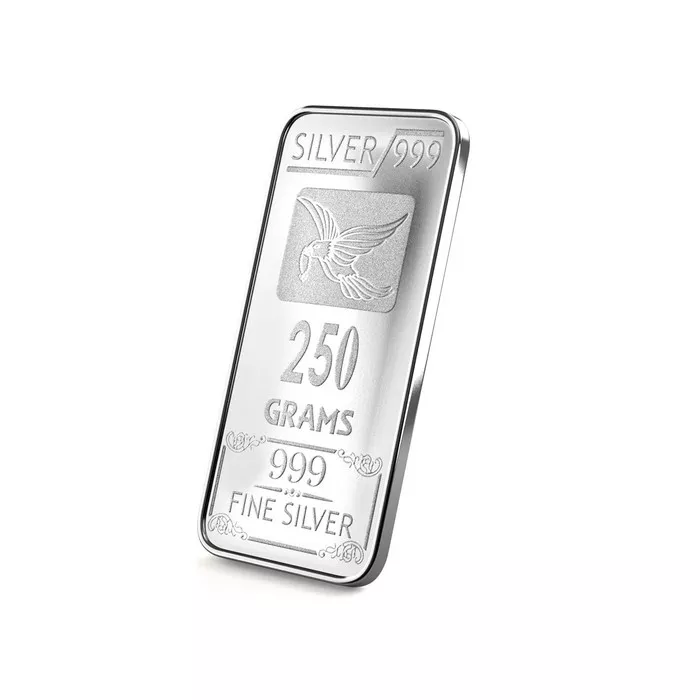In the realm of commodities, silver has long been a precious metal of interest to investors and enthusiasts alike. As we peer into the future and contemplate the year 2030, the burning question is: How much will silver be worth in the coming decade?
1. Industrial Demand and Technological Advancements:
Silver’s unique properties make it a crucial component in various industries. The following considerations may impact its future value:
Technological Advances:
Ongoing innovations in technology, such as the rise of 5G and the Internet of Things (IoT), may increase the demand for silver in electronic components.
Green Energy Transition:
The global shift towards renewable energy sources, including solar panels and electric vehicles, could drive up the demand for silver used in manufacturing these technologies.
2. Supply and Mining Trends:
The availability of silver is a key factor in determining its future worth. Points to consider include:
Mining Output:
Changes in global silver mining production can influence the overall supply. Discoveries of new deposits or shifts in mining regulations may impact silver availability.
Recycling Efforts:
As environmental concerns gain prominence, increased emphasis on recycling electronic waste and other silver-containing products could affect the overall supply chain.
3. Economic Conditions and Inflationary Pressures:
Silver, like gold, is often viewed as a hedge against inflation. Economic factors to consider include:
Inflation Rates:
If inflation rates rise, investors may turn to precious metals like silver as a store of value, potentially driving up its price.
Global Economic Stability:
Economic downturns or periods of uncertainty may prompt investors to seek refuge in precious metals, impacting silver’s value.
4. Investment Demand and Market Sentiment:
The demand for silver as an investment can be influenced by various market dynamics:
Investor Sentiment:
Global events, geopolitical tensions, or financial crises can sway investor sentiment, impacting the demand for silver.
Silver ETFs and Investment Vehicles:
The popularity and accessibility of silver exchange-traded funds (ETFs) and other investment vehicles can play a role in shaping silver’s market value.
5. Currency Movements and Dollar Strength:
Silver, like gold, is often sensitive to movements in currency values. Considerations include:
U.S. Dollar Performance:
The strength or weakness of the U.S. dollar can influence silver prices, as a weaker dollar typically makes commodities like silver more attractive to international investors.
Global Reserve Currency Shifts:
Changes in the global perception of reserve currencies may impact the value of silver.
Conclusion:
Predicting the precise value of silver in 2030 is a challenging task, given the multitude of factors that can influence its price. Investors and stakeholders should closely monitor industrial trends, technological advancements, supply and demand dynamics, economic conditions, and market sentiment to make informed decisions. The intrinsic value of silver as a versatile industrial metal and a precious investment asset positions it for potential growth. However, uncertainties in the global landscape necessitate a vigilant and adaptable approach. As we approach the next decade, a comprehensive understanding of these factors will be essential for those navigating the dynamic and evolving landscape of the silver market.

